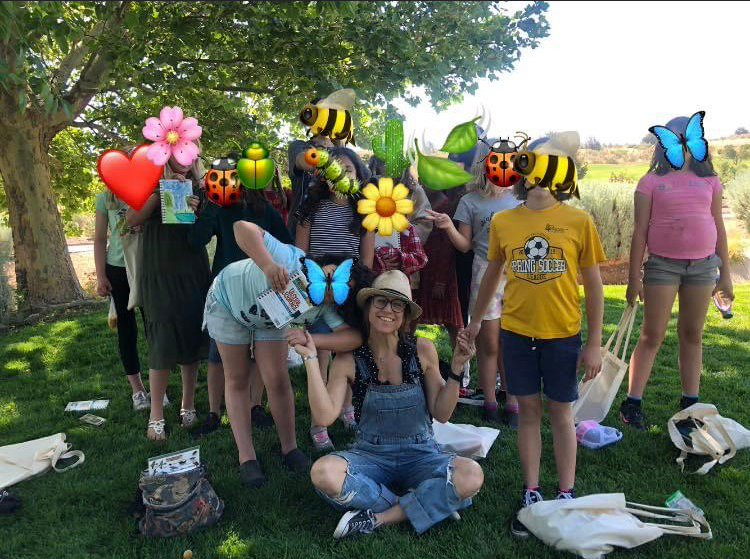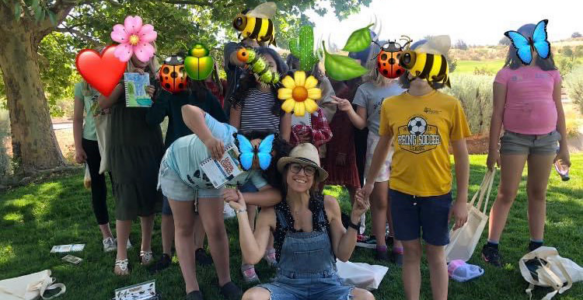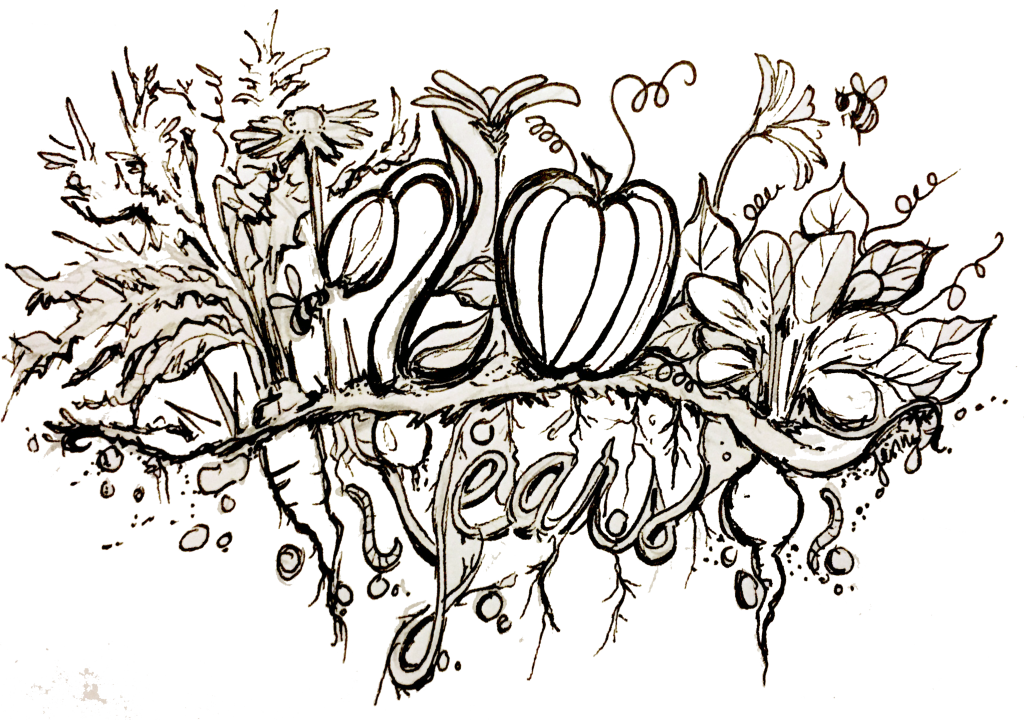The Healing Art Educator: Nurturing Well-being through Creativity
Introduction:
In a world where stress and anxiety have become pervasive, the role of teachers has expanded beyond conventional academic instruction. Educators are now recognized as crucial influencers in nurturing holistic well-being, and a growing movement is exploring the transformative power of the arts in promoting healing and wellness. The emergence of the “healing art educator” signifies a paradigm shift in education, where teachers are embracing the arts as a means to improve the health status of their students. With their wealth of experience and deep understanding of the healing potential of artistic expression, these educators are empowering students to embark on a journey of self-discovery and growth.
- Teachers as Catalysts of Change:
At the heart of the healing art educator philosophy is the belief that teachers are not just transmitters of knowledge but catalysts of change. They recognize the profound impact that artistic engagement can have on a student’s mental, emotional, and physical well-being. By incorporating arts-based activities into their curriculum, these educators create safe and supportive spaces where students can explore their thoughts, emotions, and experiences, leading to self-reflection and personal growth.
- The Transformative Power of the Arts:
Art, in its myriad forms, has long been recognized as a powerful tool for healing. Whether it be visual arts, music, dance, or drama, creative expression allows individuals to communicate and process their feelings, build resilience, and discover new perspectives. Healing art educators leverage this power by integrating art into various subjects, fostering an environment that encourages self-expression, imagination, and innovation.
- Enhancing Health Status through Art:
 The healing art educator understands the intrinsic link between artistic expression and overall well-being. Engaging in creative activities has been shown to reduce stress levels, improve mental health, and enhance cognitive functions. By offering students opportunities to engage with the arts, these educators promote emotional intelligence, stress management, and self-regulation, empowering students with lifelong tools to navigate the complexities of life.
The healing art educator understands the intrinsic link between artistic expression and overall well-being. Engaging in creative activities has been shown to reduce stress levels, improve mental health, and enhance cognitive functions. By offering students opportunities to engage with the arts, these educators promote emotional intelligence, stress management, and self-regulation, empowering students with lifelong tools to navigate the complexities of life.
- Experienced Guides on the Healing Journey:
Healing art educators are not only well-versed in their subject matter but also possess a deep understanding of the healing process. With their experience and expertise, they guide students through their artistic exploration, providing support, encouragement, and constructive feedback. By fostering a nurturing and inclusive environment, they empower students to embrace vulnerability, take risks, and discover their authentic voices.
- Inspiring Healing and Resilience:
Through the healing art educator’s guidance, students learn to channel their emotions and experiences into artistic expressions, fostering a sense of agency and resilience. By creating art, students gain a heightened sense of self-awareness, allowing them to process and heal from trauma or difficult life circumstances. Furthermore, the collaborative nature of artistic endeavors fosters a sense of belonging and community, promoting social and emotional well-being.
The role of the healing art educator extends far beyond imparting knowledge. These educators recognize the transformative power of the arts and use it as a medium to foster healing, well-being, and personal growth. By integrating arts into the curriculum, they create spaces where students can explore their emotions, express their creativity, and develop vital life skills. In a world where stress and mental health concerns are prevalent, the healing art educator emerges as a beacon of hope, offering students the tools to navigate life’s challenges with resilience, compassion, and self-discovery.
Art: Nurturing Education, Psychosocial Support, and Well-being
Art education plays a central role in the healing art educator’s toolkit, providing a platform for students to explore their emotions, experiences, and inner worlds. By embracing artistic expression, these educators harness the power of creativity to promote psychosocial support and enhance overall well-being among their students.
Unlocking the Potential of Artistic Expression:
Art serves as a universal language that transcends cultural and linguistic barriers, allowing individuals to communicate and connect on a deeper level. The healing art educator recognizes the transformative potential of artistic expression and incorporates various art forms into their curriculum. Whether it’s painting, sculpture, music, dance, or theater, these educators encourage students to explore different mediums and find their unique voices. By doing so, they provide a platform for students to express their thoughts, emotions, and experiences in a safe and non-judgmental environment.
Fostering Emotional Intelligence and Self-Exploration:
Artistic expression is inherently tied to emotional intelligence, as it requires individuals to tap into their emotions, reflect on their experiences, and translate them into creative works. Through art, students learn to identify and articulate their feelings, develop empathy, and gain a deeper understanding of themselves and others. The healing art educator guides students in this journey of self-exploration, helping them navigate their emotions, build resilience, and develop a strong sense of self-awareness.
Healing through Artistic Experiences:
Engaging in artistic experiences can be profoundly healing, offering individuals an outlet for self-expression and catharsis. The healing art educator creates opportunities for students to explore their personal narratives, providing a platform to process trauma, grief, or challenging life circumstances. Through art, students can externalize their emotions, transforming them into tangible creations that serve as a testament to their strength and resilience. The act of creating art can be transformative, offering a sense of empowerment and a renewed perspective on one’s own experiences.
Building a Supportive Community:
Art also serves as a catalyst for building supportive communities within the classroom. Collaborative art projects encourage teamwork, empathy, and respect for diverse perspectives. The healing art educator fosters an inclusive environment where students feel safe to share their creative ideas, collaborate with their peers, and learn from one another. Through collective art-making experiences, students develop a sense of belonging, social connection, and shared ownership of the learning process. This sense of community further enhances students’ psychosocial well-being, fostering a positive and supportive learning environment.
Integrating Art into Holistic Education:
The healing art educator understands that art should not be viewed as an isolated subject but rather as an integral part of holistic education. By integrating art across various disciplines, these educators encourage interdisciplinary connections, creative problem-solving, and critical thinking skills. Art becomes a tool for exploring complex concepts, fostering imagination, and encouraging students to think outside the box. This integration of art into education nurtures well-rounded individuals who possess not only academic knowledge but also the ability to express themselves creatively, empathize with others, and approach challenges with innovation.
Art education holds immense potential for nurturing education, psychosocial support, and well-being. The healing art educator recognizes the transformative power of artistic expression and incorporates it into their teaching practice. By embracing art, students are empowered to explore their emotions, develop self-awareness, and process their experiences. Through collaborative projects, a supportive community is built, enhancing social connections and fostering a positive learning environment. As art becomes an integral part of holistic education, students develop a range of skills that extend beyond the classroom, preparing them for a fulfilling and resilient life.



